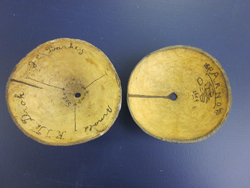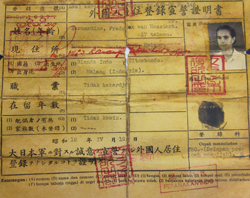
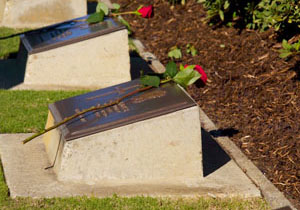
Perth War Cemetry, Dutch Annex. Courtesy Nonja Peters.
Dutch commemoration
For the Dutch, it was a dark day in the history of the MLD. All told, 48 of the 161 people on board the flying boats lost their lives by gunfire or while swimming through burning oil – 16 men, 12 women and 20 children.
The Dutch community in Perth hold a service in May every year – to commemorate the end of war – at the Dutch enclave at the Perth War Cemetery. It includes laying a rose on the gravestones of the 35 Broome victims buried there.
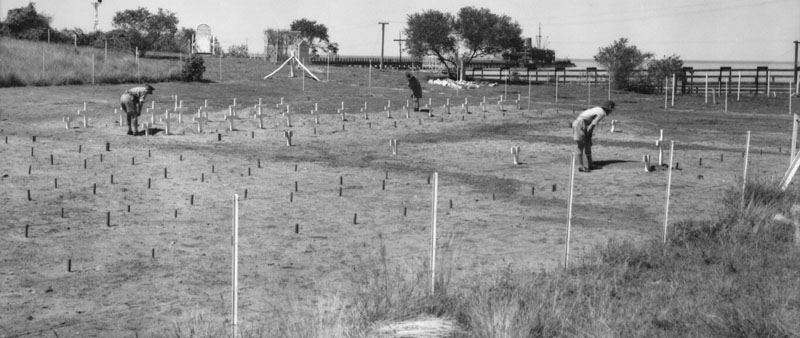
The war cemetry at Broome where 26 new graves were added as a result of the Japanese air raids in 1942. Australian War Memorial 051724
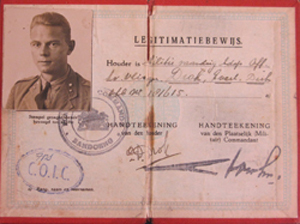
A Netherlands East Indies identification card issued to Dirk Drok.
One family's story
The Drok family lived in the Netherlands East Indies (Indonesia) at the time of the Japanese attack. Dirk Drok and his father-in-law were sent to the men's camp and his wife, Kitty, her mother and young son were sent to the women's camp.
Young Arnold, not quite four years old, remembers being on the boat to Fremantle where they arrived in 1945. One of his earliest memories is saying to his grandfather, "Oh, look, there's land coming towards us," as they entered the harbour.
Arnold's uncle had been to school in Perth and the family had made connections with West Australians, who then sponsored the Droks to come here as evacuees. Kitty Drok kept a number of items from their time as internees in the Japanese prisoner of war camps.
